The theme that I got was Rule of Thirds.
Rule of Thirds is aligning your subject along the guidelines that split the plane into 9 faces or its intersections. It is a useful composition technique in many forms of art such as in design, photography and film. It usually helps to create a point of interest in your compositions.
Since we were supposed to present our theme in our model, I decided to use rule of thirds for many aspects of the model. For instance, if I intended to wedge in a piece, I’d make sure that 2/3 of it is hanging off. Or maybe I’d align the centre lines where the intersections are.
Process & Development
Sketch Model 1
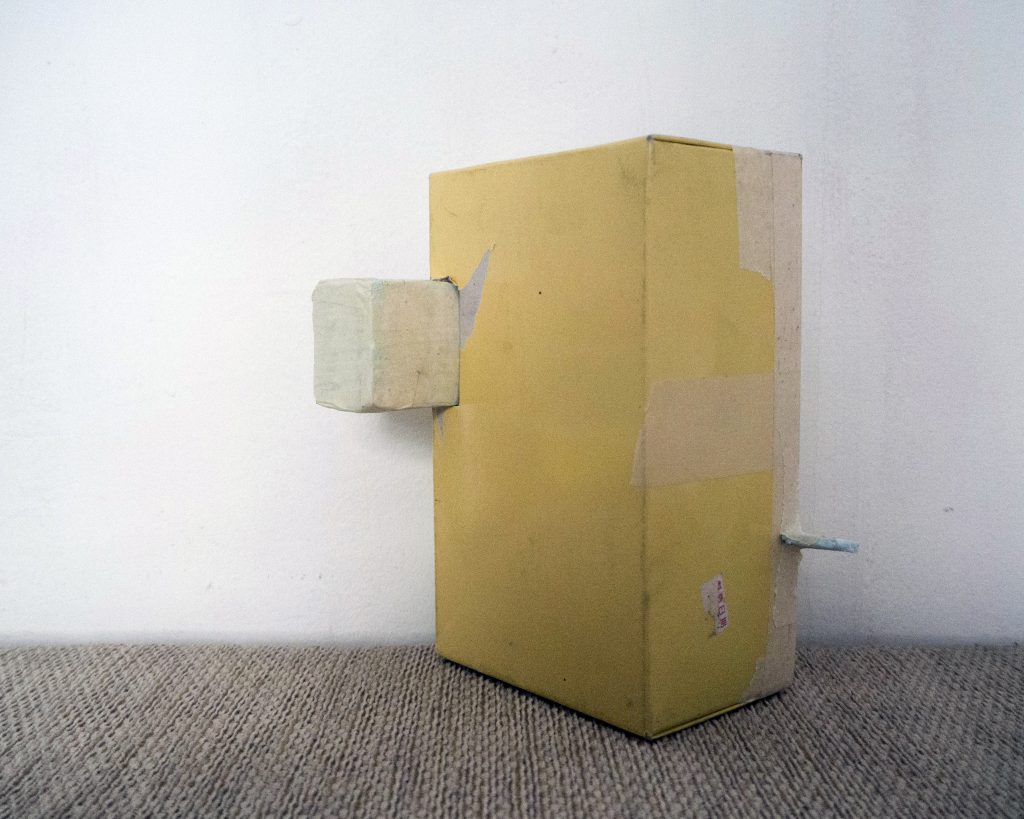
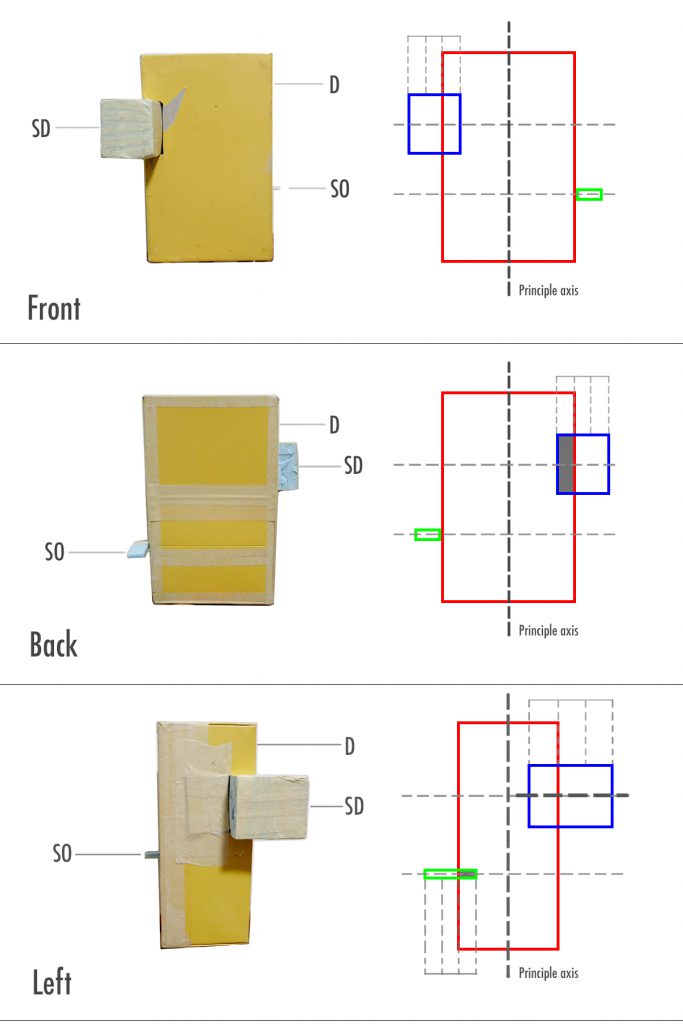
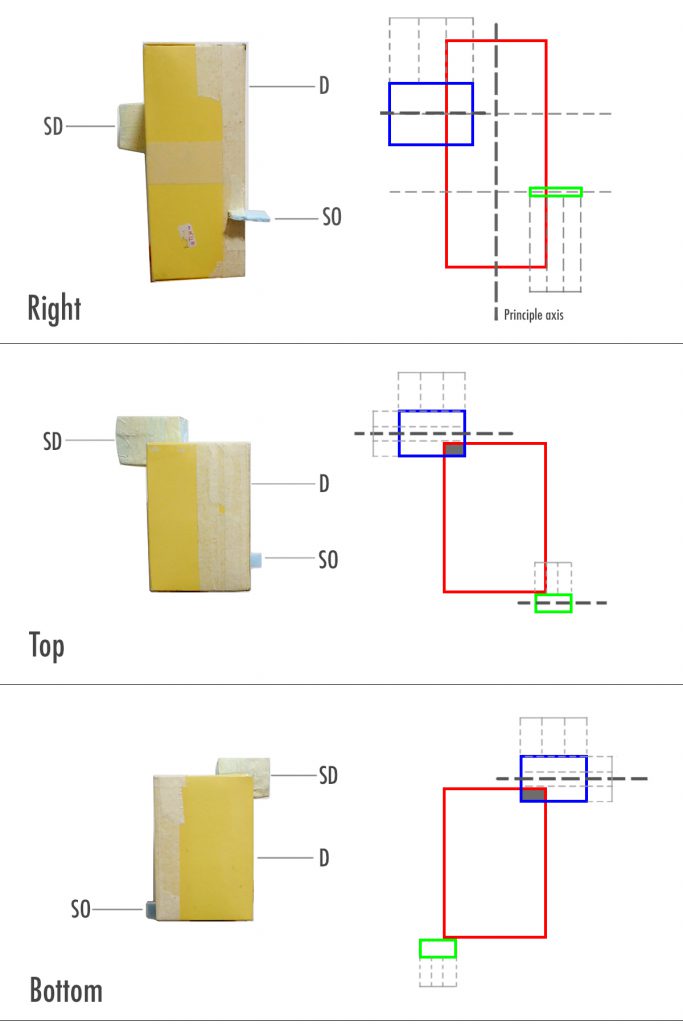
As my theme is relatively simple, there is no reason to “break” the rules or criteria. So I made sure that the D, SD and SO are consistent throughout all views. I managed to do so in this particular sketch model as well. The challenge that I faced when making this model was with the lengths of the pieces. Avoiding similar lengths was especially tough, and changes had to be made to the other blocks if the length of something changed. The dominant block didn’t have much variation in surface area when viewed from all angles either. What I like about this model however, is that the principle axis of all three volumes are facing different directions.
Sketch Model 2
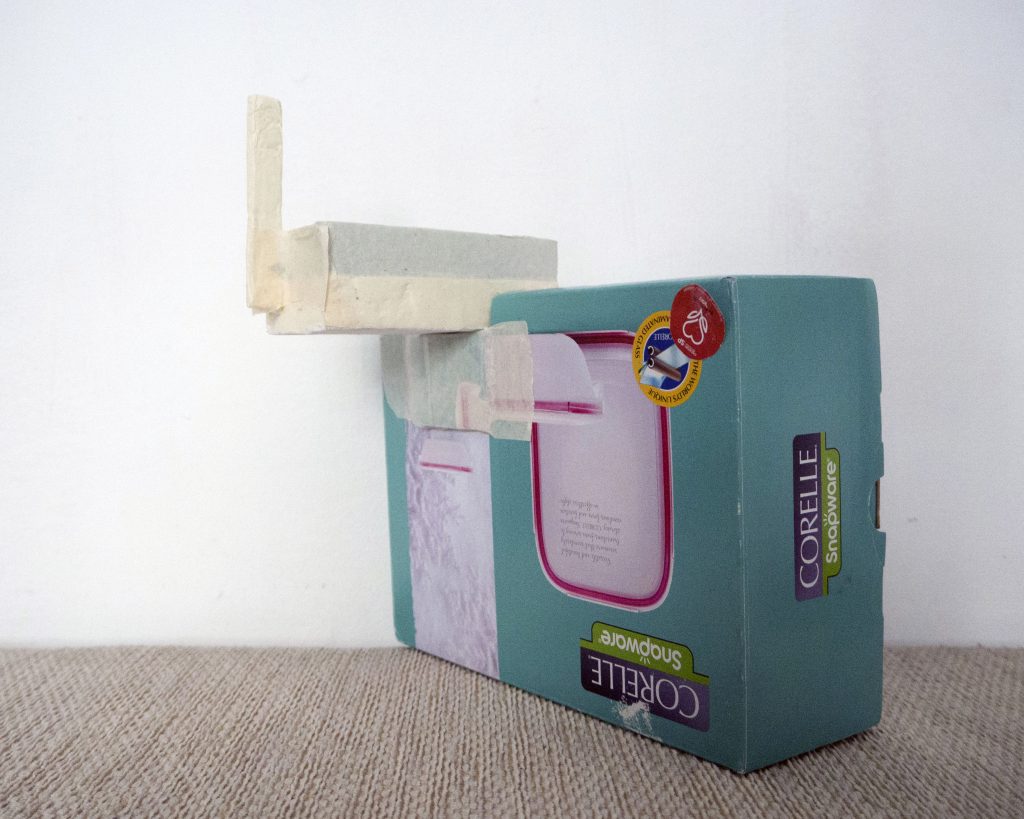
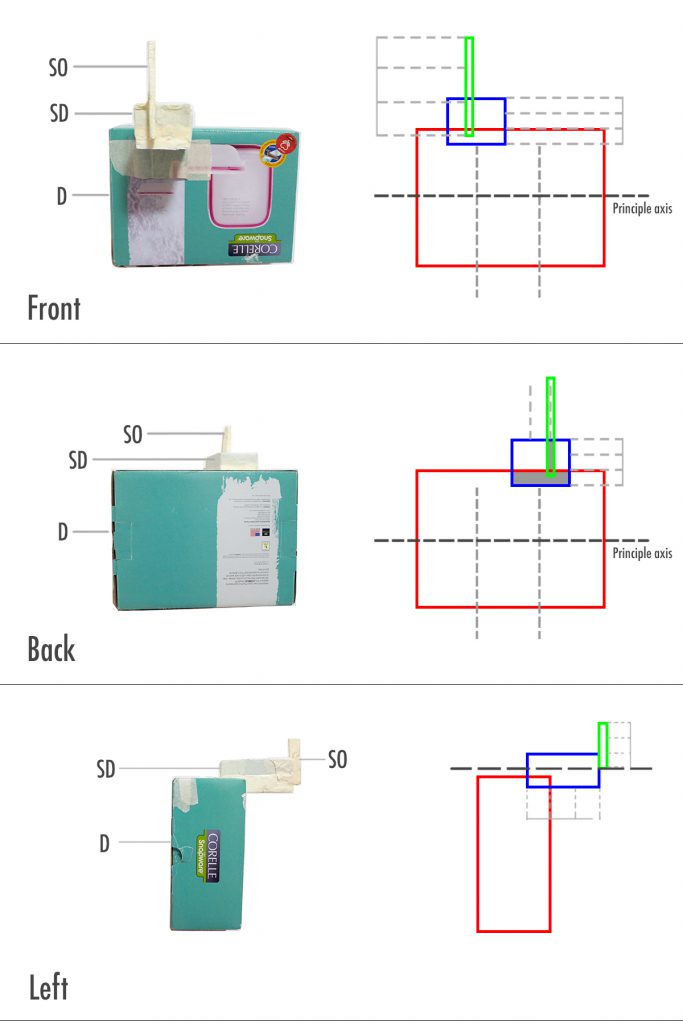

In this sketch model I tried to break away from fixing both the SD and SO to the D, and instead tried to fix the SO to the SD. I placed the volumes following the 1/3 rule. It had variation and was more dynamic in comparison to the other models. However, the final composition was unappealing to look at in my opinion and I decided to ditch it.
Sketch Model 3
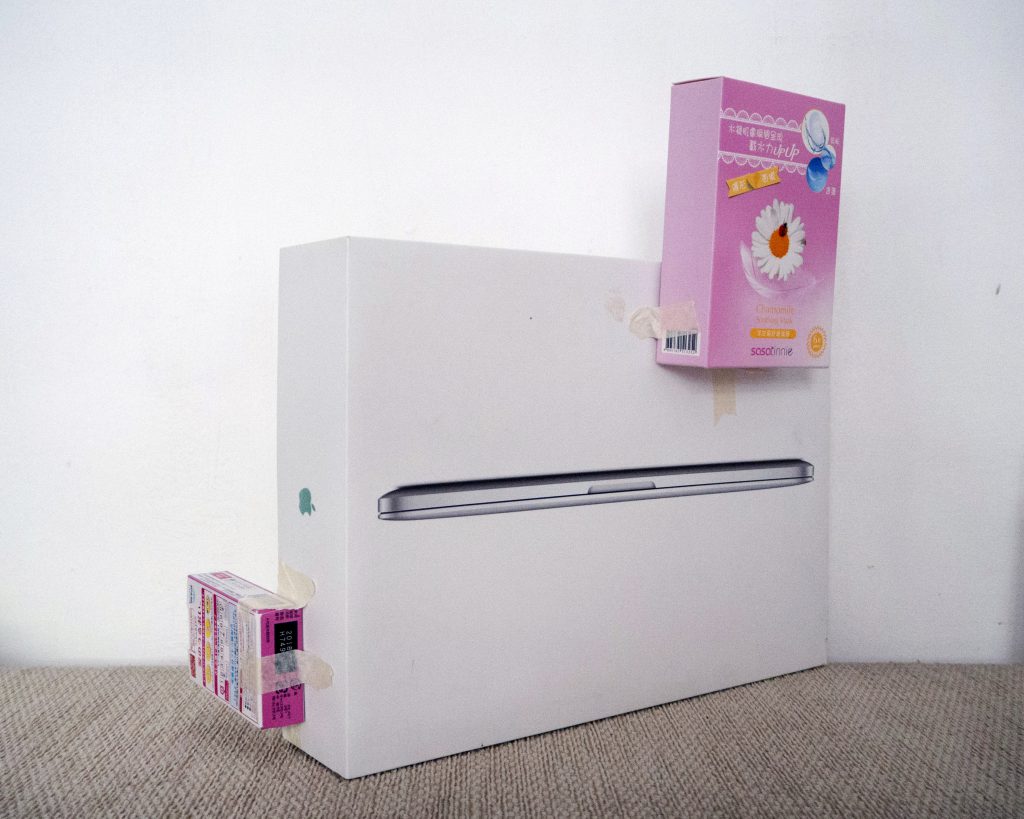
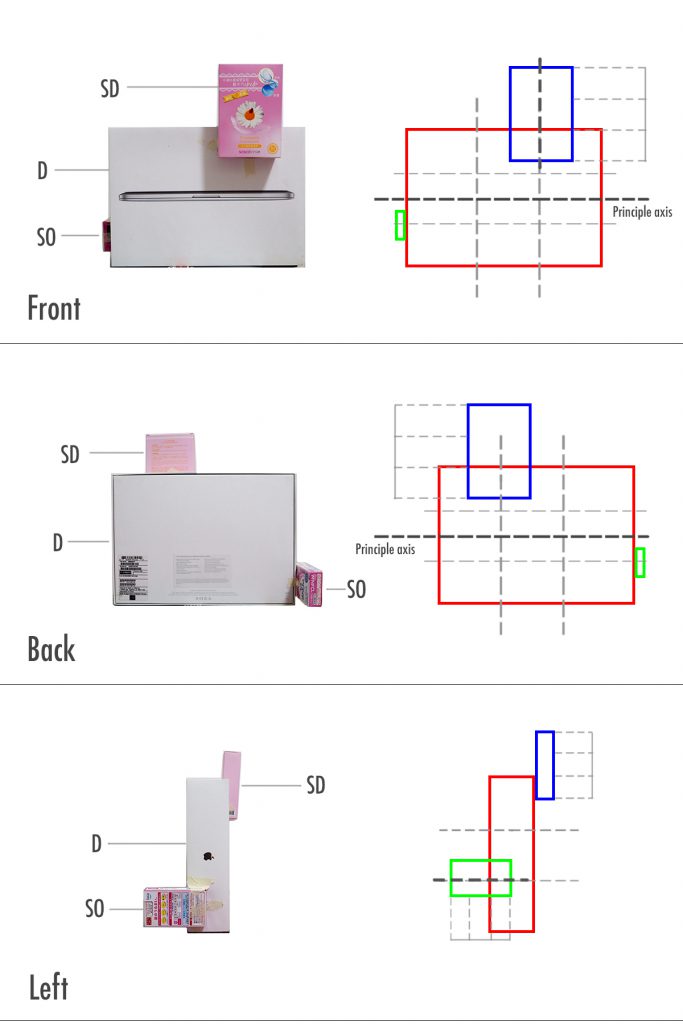
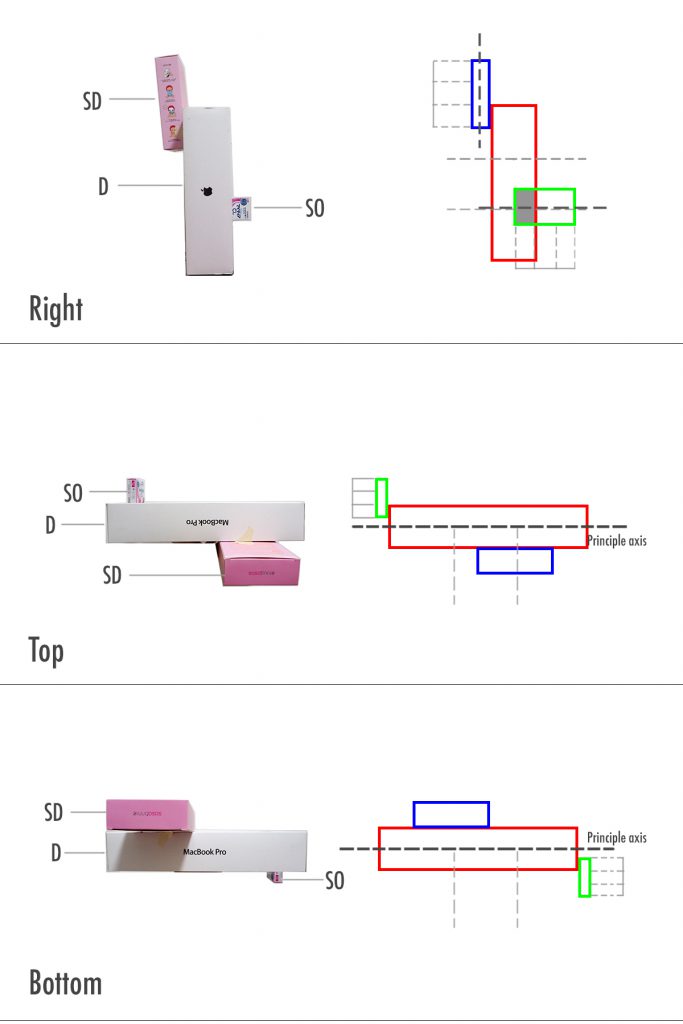
This model is similar to sketch model 1. However I didn’t like the flatness, since all the boxes were relatively flat. I suppose in a way, the choice of boxes reflect the 1/3 rule, in the sense that they are three different sizes of similar shapes. Still, I didn’t want my model to be this flat so I didn’t choose this.
Final Model
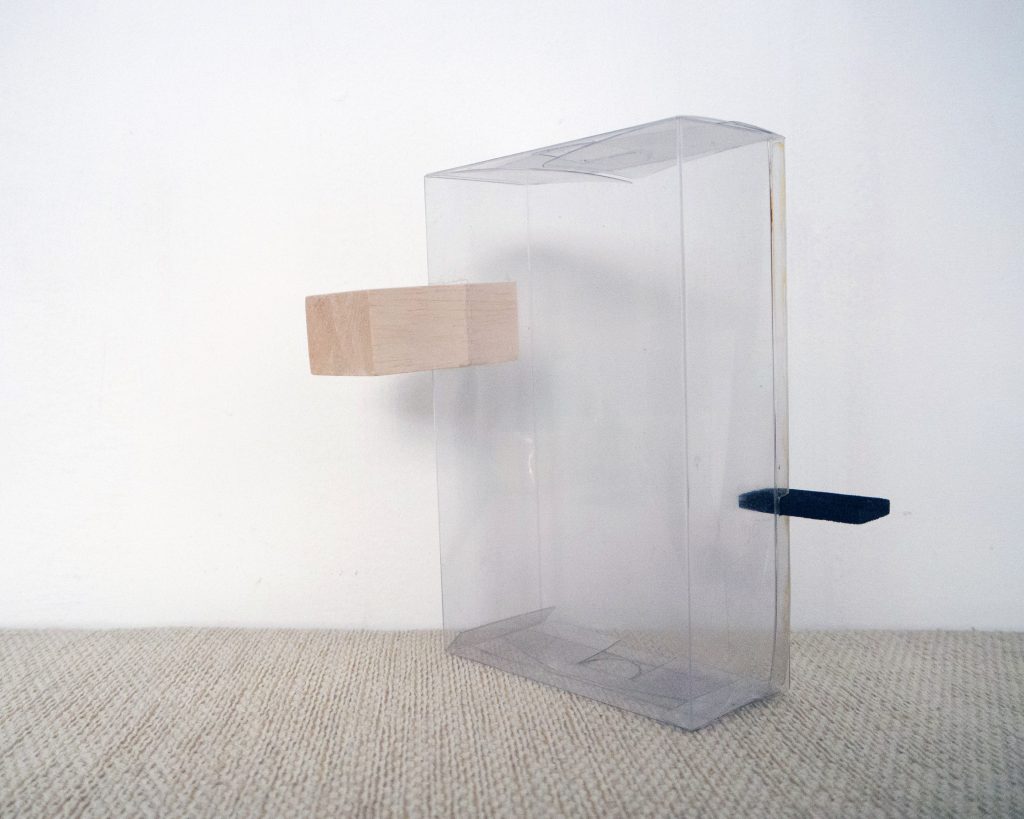
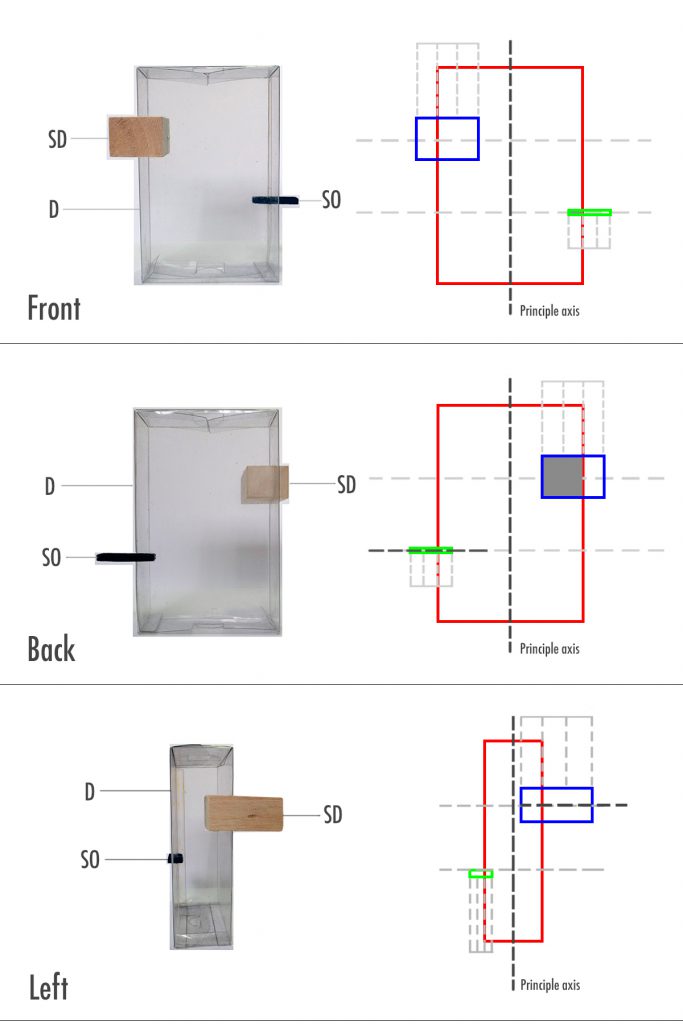
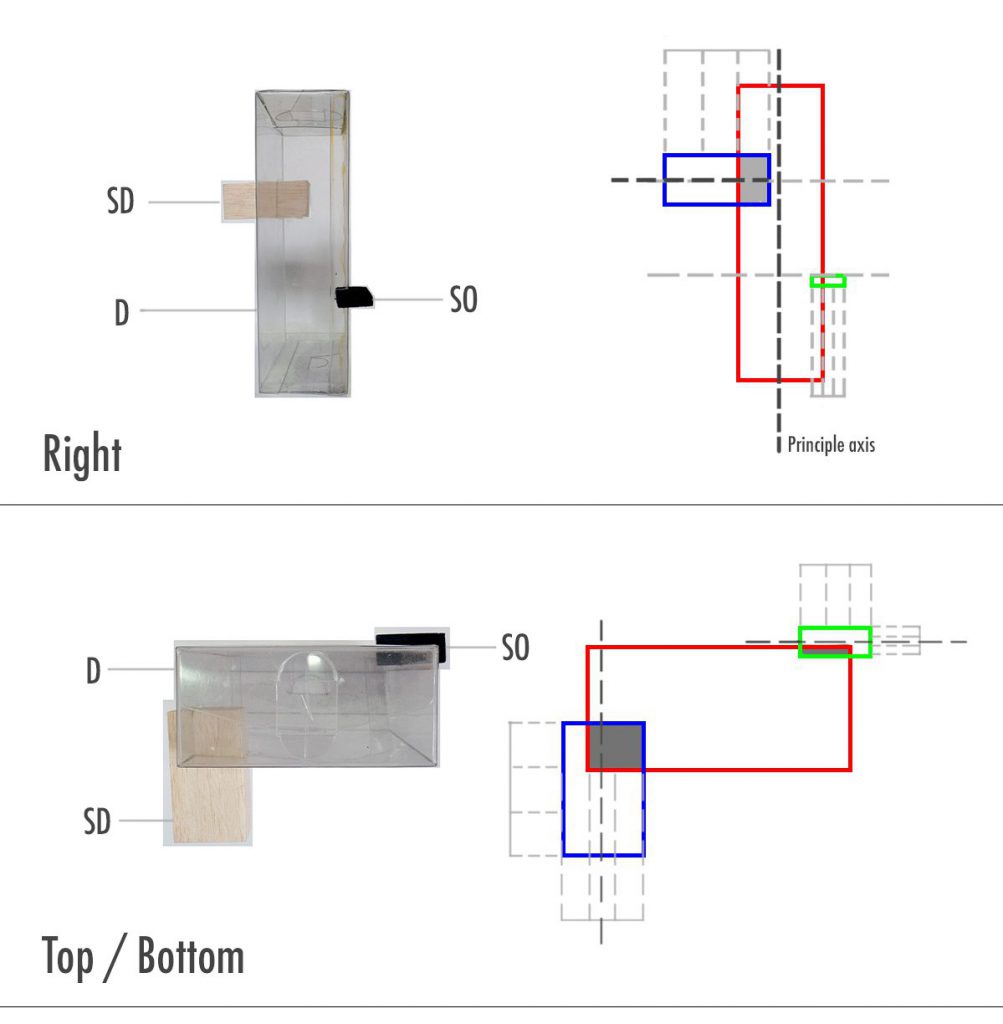
Rule of Thirds is a basic principle, so in order to add more interest to my model I tried to incorporate other themes. I challenged myself to include as many themes as possible.
The most obvious theme might be contrast, as I chose my materials carefully. I chose a transparent box for the D because I knew I wanted to attempt the idea of levitation, especially since the SD is a relatively big block. For the SD and SO, I used Balsa wood, which to me is a “soft” material when compared to the transparent plastic. The contrast in man-made and natural material is complementary. I painted the SO black, so that there is visual balance. Big volume paired with a light colour, and small volume paired with a darker colour. Just by painting the SO black, it looks heavier. And it counterbalances with the SD.
I think that the transparent box, natural wood, and painted wood complements one another and is aesthetically pleasing. What is interesting is that the D, which is supposed to be the most dominant out of the three, doesn’t not fight for attention with the SD and SO at all.
The different views have variation while having consistent D, SD, SO, and the principle axis of each box faces in different directions.
Application
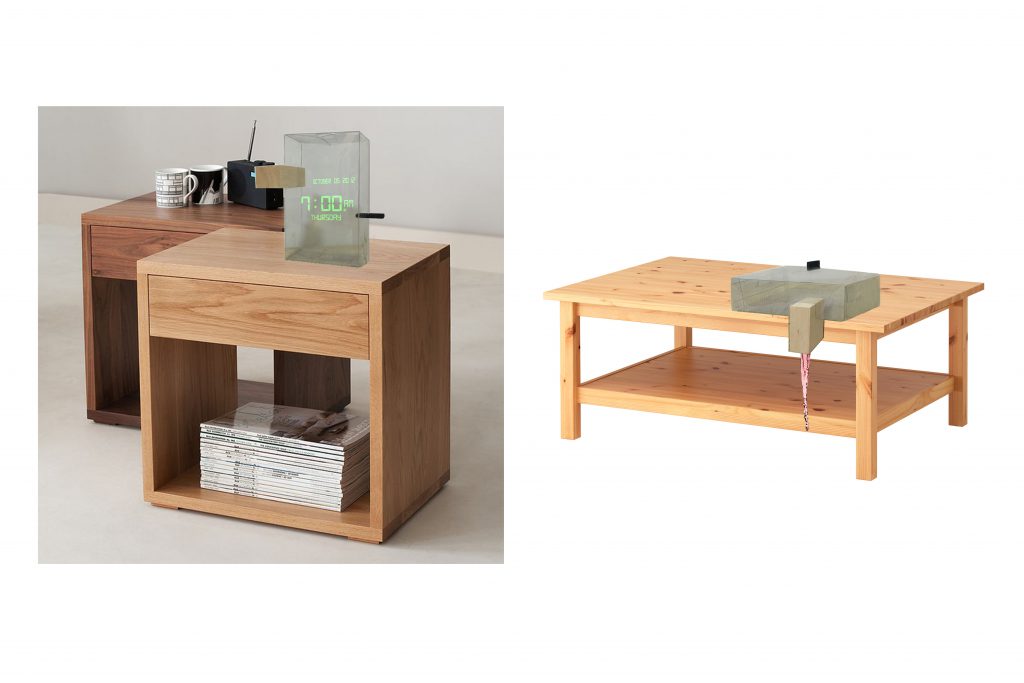
Besides the obvious – a building, the final model can inspire a modern digital clock design, or a horizontal juice dispenser, where one can pull the black tab to dispense juice.
Reflection
I was confused as to why we needed to have consistent D, SD and SO, but after doing this exercise, I realised that a lot of products that I use in my daily life make use of this principle. And that it is an essential principle of design, which can be applied to almost everything. Even things like character design in animation which I intend to pursue.
For future assignments I hope to have a “story” behind my projects. I felt slightly restricted by my “simple” theme this time round, and found it hard to add a story element to it.

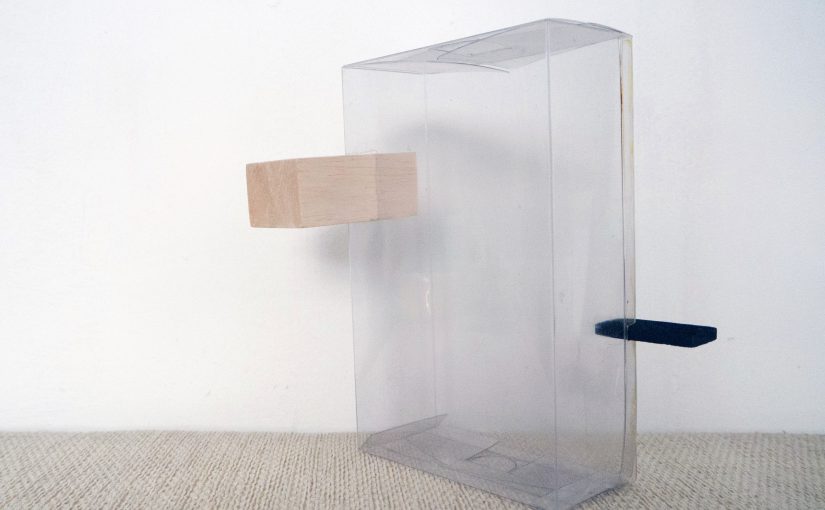
ThanX for the detailed process documentation Chiharu! 🙂 It’s interesting to note that your final model displays the same delicate quality as your glass bowl that you brought for our 1st session… I really think the clear plastic box if reinterpreted in acrylic which has gradations of translucency would add a much more chic touch to the overall composition … However I do think up-cycling a clear plastic box is a very resourceful idea… Hopefully you’ll be able to find a story-line befitting your next project.